People
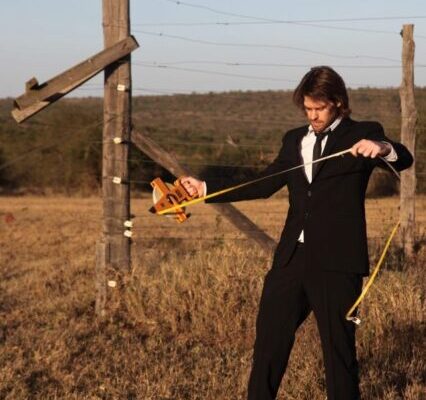
Rob Pringle, Associate Professor
I have always been fascinated by the ways in which species interactions “cascade” through food webs and other ecological networks, often with surprising outcomes. Research in my lab focuses on three main problems. The first is trying to understand the ways in which large mammalian herbivores directly and indirectly shape the ecosystems they inhabit: how do they affect plants and other animals, and what can this tell us about the likely impacts of past and future extinctions? A related focus is on how top predators structure communities by altering the abundance and behavior of their prey. Finally, I am interested in the spatial organization of these ecosystems–specifically, how regular patterns created by ecosystem engineers like termites influence the behavior of individuals, populations, and ecosystems. Google Scholar profile / ResearchGate profile / Twitter @rob_pringle / [CV]
POSTDOCS

Lotanna Micah Nneji
I am interested in understanding the diversity, ecology, population genetics and distribution patterns of animals such as invertebrates (butterflies and moths), freshwater fishes, amphibians, reptiles, birds and mammals. My research incorporates ecological and molecular data to investigate the evolutionary ecology of animals. During my PhD, I studied the diversity of herpetofauna in Gashaka Gumti National Park (Nigeria) using a short diagnostic gene fragment (DNA barcode) for rapid species identification and ecological studies. In the Pringle lab, I will conduct the first DNA metabarcoding analyses of the diet composition and niche relationships of herbivorous birds – Ostrich (Struthio camelus camelus), guineafowl (Acryllium vultirinum and Numida meleagris), spurfowl (Pternistis leucoscepus), and bustard (Eupodotis gindiania) – at Mpala Research Centre in Kenya. [CV]
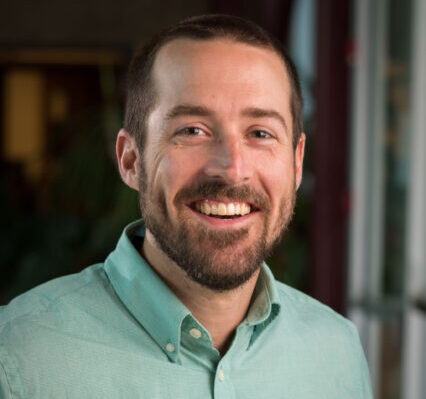
Matthew Mumma
I am an applied ecologist that uses a wide-range of statistical, molecular, and field techniques to better understand the resilience of wildlife populations and communities for the purpose of conservation and management. I am particularly interested in the mechanisms underlying predation and competition, and the influence of disturbances on wildlife space-use, population dynamics, and community composition. My approach is to frame applied questions in the context of existing ecological theory to identify solutions that generalize across systems. My current work focuses on species recovery in Gorongosa National Park. Following a 15-year civil conflict, many of Gorongosa’s large animal populations were reduced by >90%. Many species are recovering, but at present, apex scavengers, such as spotted hyaenas (Crocuta crocuta) and side-striped jackals (Canis adustus) have not been re-established. We plan to examine Gorongosa’s current scavenger community and conduct manipulative experiments to better understand the role of apex scavengers in facilitating vulture populations and nutrient cycling. [Website]
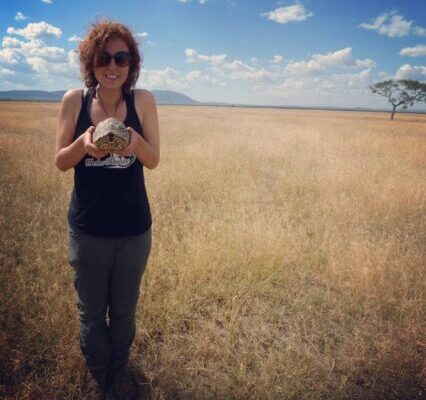
Meredith Palmer
My research focuses on predator-prey interactions—specifically, how predators such as lions, hyenas, cheetahs, wild dogs, leopards, and wolves change prey behavior and demography in ways that impact species coexistence and ecosystem functioning. My work incorporates behavioral and demographic information from long-term predator monitoring projects, camera-trap data, and manipulative experiments. During my PhD, I studied the dynamic temporal component of ‘landscapes of fear’ across eastern and southern Africa (primarily in Serengeti National Park). In the Pringle lab, I will investigate how prey mitigate risk from multiple interacting predators, particularly in ecosystems where predator-predator and predator-prey relationships are re-establishing thanks to conservation and restoration efforts. [Website]

Rafael Valentin
I am a molecular ecologist that uses or develops novel environmental DNA (eDNA) techniques to ascertain species presence without the need to physically collect or observe specimens. My research interests focus on determining the presence and distribution of species and how community structure is influenced by environmental stochasticity, meta-population dynamics, and predation pressure. During my PhD and first post-doc I developed techniques to implement eDNA within terrestrial settings to survey for introduced insect species before their population densities increase and they cause substantial damage. In the Pringle lab I am implementing these same techniques in two different projects. The first is assessing how systematically introducing top predators in an island system influences the community composition of the entire arthropod community, using uninhabited Bahamian islands as the study system. The second is exploring how annual flooding, and thus landscape connectivity, in Gorongosa National Park influences the community composition of the ephemeral pools found throughout the park, and how these communities change throughout the season as the pools slowly shrink or dry out. [Website]
GRADUATE STUDENTS
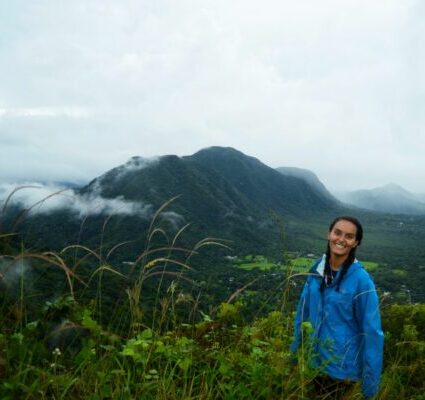
Finote Gijsman Kelemu
I am broadly interested in plant-insect interactions and the roles they play in maintaining ecosystem biodiversity. For my undergraduate thesis, I investigated the impacts of a non-native, seed-eating weevil on the reproductive success of Cirsium pitcheri, a threatened keystone species endemic to the Great Lakes region of the United States. After graduating from Northwestern University in 2019, I spent a year working at the Smithsonian Tropical Research Institute in Panama and Max Planck Institute of Chemical Ecology in Germany gaining experience in the fields of chemical ecology and plant-insect interactions. In the Pringle Lab, I am interested in investigating the role that chemistry plays in mediating plant-insect food webs and interactions. [CV]
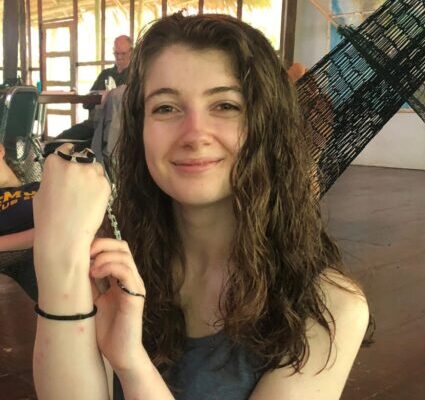
Erin Phillips
Broadly, I am interested in how ecological communities are assembled, maintained, and in what underpins their variation in space and time. I have a particular interest in both predator-prey and predator-predator interactions, and in the Pringle lab, hope to research how they influence behavior and food web dynamics in African ecosystems. I graduated in 2018 with BSc in Zoology from the University of St Andrews in Scotland, where I studied the impacts of prey group shape on detection by birds, and later the effect of predator avoidance on longevity in reptiles and amphibians. Most recently, I studied at Emory University on a Bobby Jones Scholarship, where I approached animal behavior from new angle, researching canine cognitive neuroscience via awake fMRI. [CV]
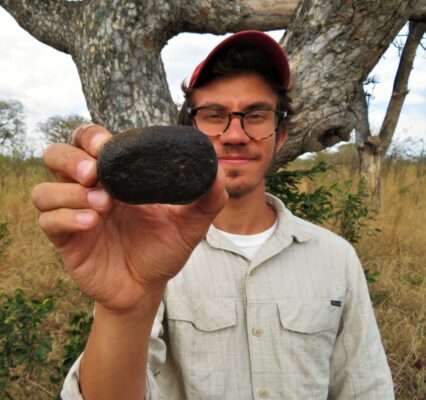
Joel Abraham
Disturbances are of paramount importance in structuring ecological communities. I study how these disturbances — particularly herbivory, fire, and flooding — interact with one another and the implications this has for ecosystem structure and function. I use Gorongosa National Park as a model system in which to investigate disturbance interactions. Previously as a member of the Staver Lab at Yale University I studied the behavioral responses of savanna herbivores to drought in Kruger National Park. I graduate from Yale in 2018 with a B.S. in Ecology & Evolutionary Biology as well as Environmental Studies; I remained there for a year as a lab technician before joining the Pringle Lab here at Princeton. [CV]

Harrison Watson
I am broadly interested in carbon and nutrient cycling within savanna soils, particularly what role herbivory has in determining the flow of carbon and other nutrients. I recently graduated from Jackson State University with a Bachelor’s in Marine Biology where I studied mitochondrial genomics using species of crustaceans native to the northern Gulf of Mexico.
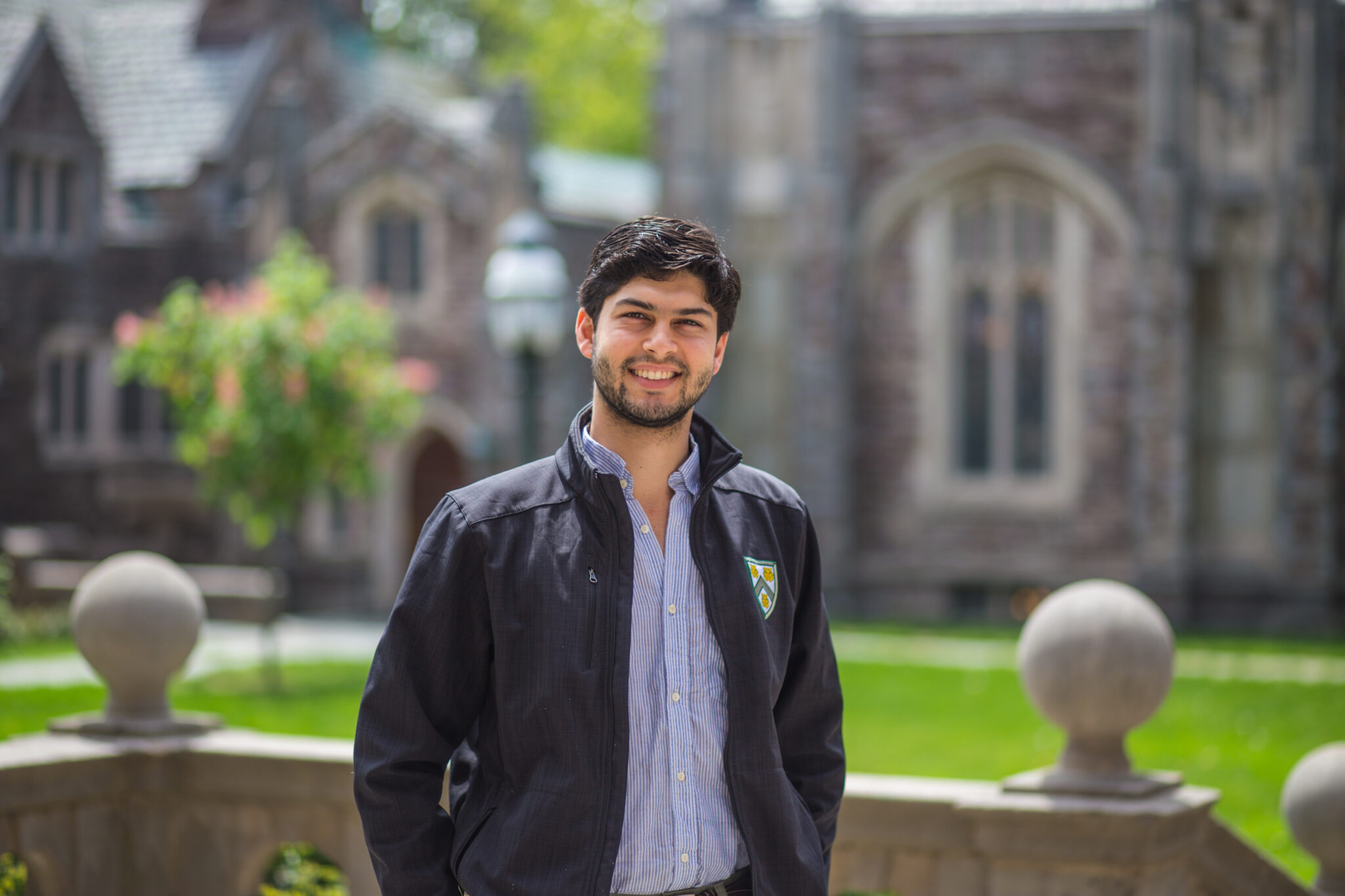
Arjun Potter
My research focuses on the causes and consequences of diet selection by large mammalian herbivores. Most of my fieldwork focuses on plant traits and seeks to understand the underpinnings of niche partitioning. Other projects include a factorial field experiment of herbivory in a floodplain ecosystem and a simple mathematical model of herbivory. I conduct my fieldwork in the beautiful savannas and wetlands of Gorongosa National Park. Before starting my PhD, I researched the endangered wild cattle and savannas of Java and worked on a cattle farm in Connecticut. [Website] [CV]
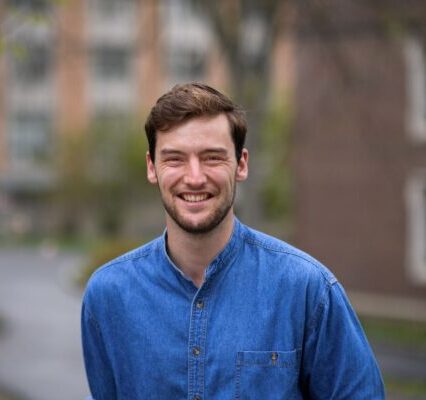
Matthew Hutchinson
Consumer-resource interactions are central to each species’ niche and form the basis of population and community ecology. Despite their importance, we are just beginning to understand how trophic interactions and resource selection change across ecologically meaningful gradients. My thesis approaches this broad issue at multiple levels. At the highest level, I am using a global dataset of vertebrate diets to understand how specialization changes across latitudes, trophic levels, and study methodologies. Within ecological communities, I am studying how the diet of and niche partitioning between large herbivores changes with population recovery and how the presence of these herbivores influences ecosystem functions such as pollination. At the finest scale, I am examining how populations respond to perturbation; specifically, documenting how prey selection by a population of African wild dogs (Lycaon pictus) is altered by translocation. [Website]
LAB MANAGERS

Megan Demmel
I am interested in understanding how broad ecological patterns shape populations and species interactions at varying scales, particularly at the microbe level. I graduated from Princeton University in 2019 with a B.A. in Ecology & Evoutionary Biology and a minor in Computer Science. My undergraduate thesis, which I completed in the Pringle Lab, examined gut microbiome composition of savanna herbivores across eastern and southern Africa. I also investigated how dietary shifts of captive animals affect the gut microbiome in order to better understand microbial dynamics and functionality in wild mammal populations.
RESEARCH TECHNICIANS
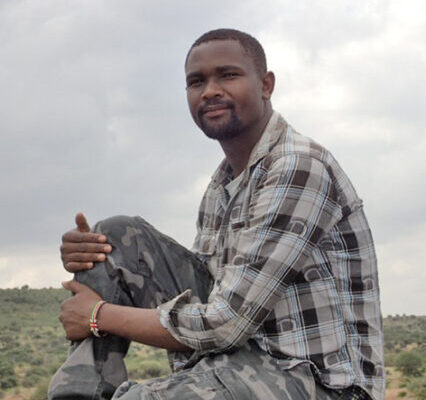
Sam Kurukura
I am a field-based biodiversity and ecological-research technician in Laikipia, Kenya. I have worked with the Pringle Lab since 2005 and help to oversee the UHURU Large-Herbivore Exclosure Experiment at the Mpala Research Centre. I have a particular interest in botany, and in understanding how large mammalian herbivores shape savanna ecosystems.
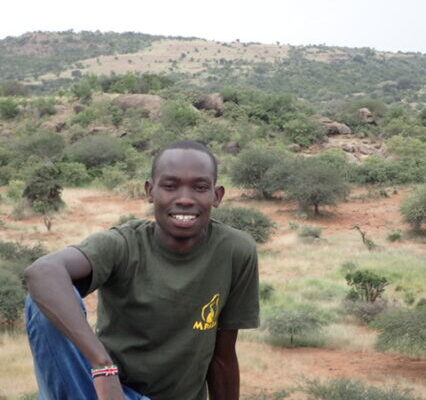
John Ekeno
I work with the Pringle and Tarnita Labs at the Mpala Research Centre in Kenya. There, I help to oversee several large-scale and small-scale field experiments focusing on how termites and large mammalian herbivores affect plant and animal communities.